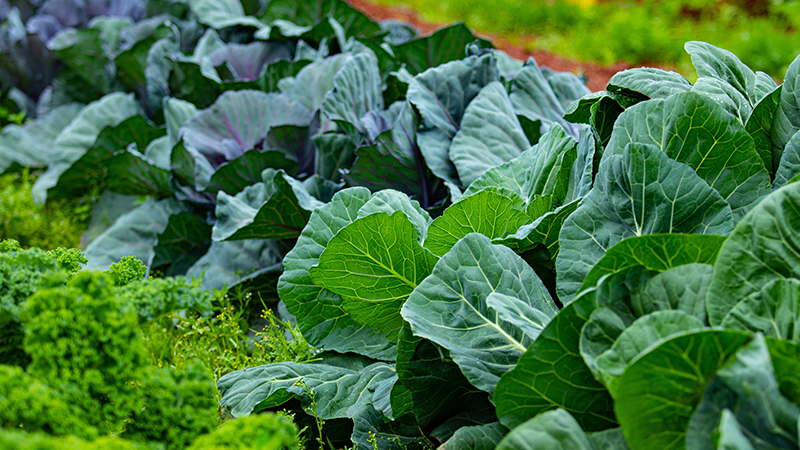Mechanical Asparagus Harvester Field-Tested
The effectiveness of an asparagus harvesting machine Kim Haws has spent nearly 40 years refining showed recently in a freshly cut field north of Pasco, WA.
Haws knelt last week to examine the stump of a cut asparagus spear. It was surrounded by several shorter spears that weren’t quite ready for harvest.
“That’s tomorrow’s crop,” Haws told the Tacoma News Tribune, pointing to the still immature spears.
The result was what Haws hoped to see last week as he tested the harvester at Six Sons Farms, owned by Bill Middleton and his son Keith. Researchers from Washington State University were evaluating the machine’s effectiveness compared with labor-intensive hand harvesting, which is how most asparagus is cut.
Data won’t be ready for a month or so, but Carter Clary, WSU professor and research scientist, said, “It’s looking good,” he said. “If it can get about 70% (of what hand harvesters get) then it will even out economically.”
The goal of the machine is to cut and gather asparagus ready for market without damaging spears that aren’t fully grown, Haws said. The imposing green machine boasts a row of photoelectric sensors that can be adjusted to the desired height of the spears, 8 or 9 inches. When a sensor detects a spear as it’s driving down rows, it trips an arm with a large tong-like mechanism on the end. The tong closes on the spear and an attached blade cuts it. The tong then releases the asparagus onto a conveyor belt — complete with open slits to sift out dirt clumps — that carries it up to the machine’s main platform where workers can sort the crop.
The machine, which is the 15th prototype of the Haws Harvester, is getting close to going commercial, Haws said. Since the harvest season only lasts a few weeks, there’s only a small window of time for testing it each year. “Our job is to every year improve it and at the same time increase our know-how to make it economical (for farmers),” Haws said.
Sendy Ramirez of Pasco stood on the machine last week as at rolled down rows at about 4 mph. The speed at which the machine travels is another plus because it can cover more ground, Clary said. Sendy and Ruth Ramirez of Pasco also hand-harvested plots for the comparative WSU research. “It’s easier in the machine and faster,” she said.
Hand harvesting still is more effective, Sendy Ramirez said, but it doesn’t require the back-tiring work of chopping spears with a knife. A worker cutting asparagus can harvest about three acres in a day, Keith Middleton said. It takes about 55 workers to cut spears on the farm’s 160 acres of asparagus. But the machine can cut 50 to 75 acres per day, Haws said. “We’re pretty impressed,” Middleton said. “We’re really hoping it will work out. It looks promising.”









